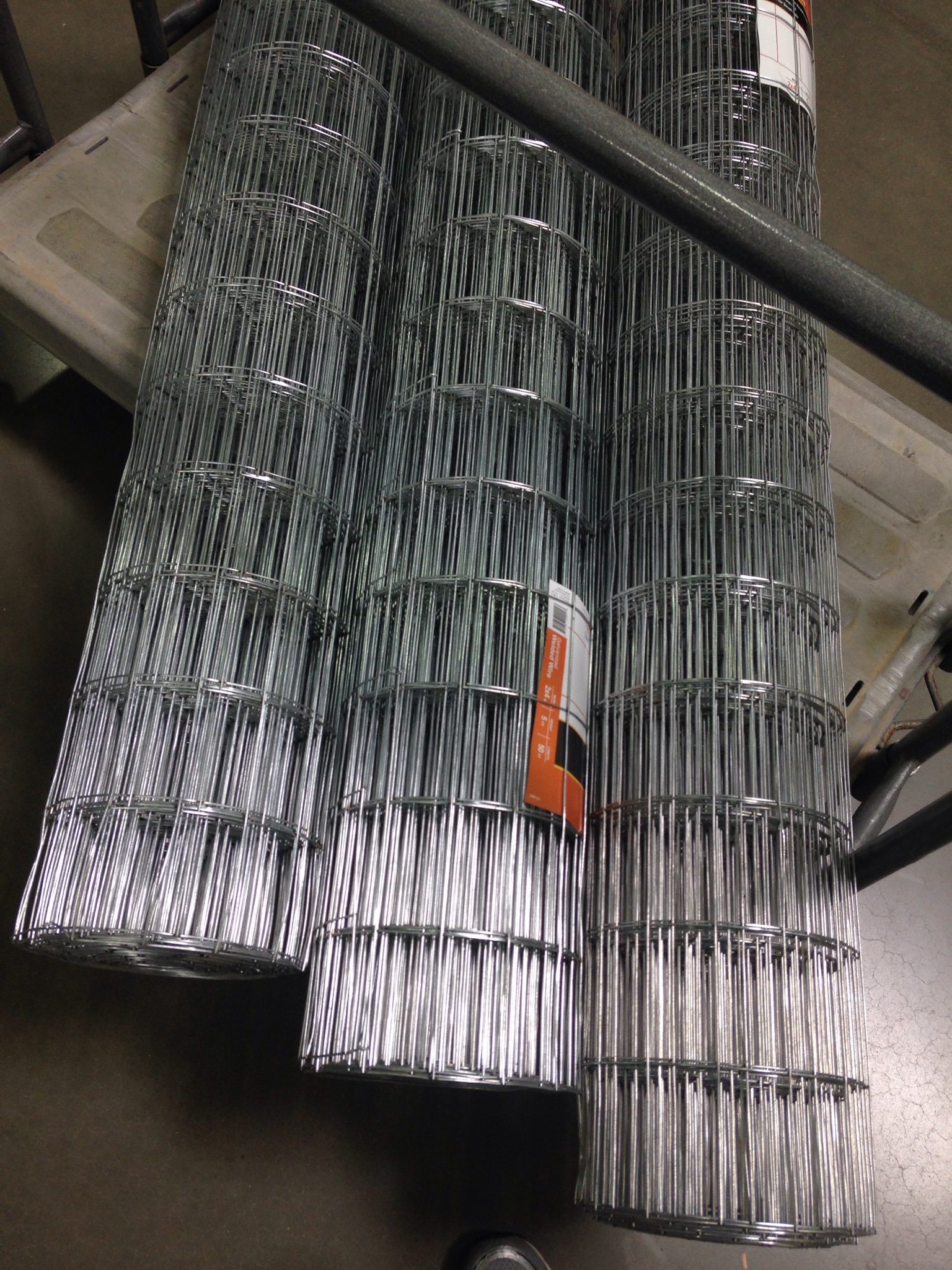So I'm looking at this from a cost analysis standpoint. (This assumption is for hardwoods/shrubs and not fruit trees which require bigger cages and aren't really part of the discussion. I'm also assuming you would use the same size weed mat for both, or not use one at all.)
You can get 5' plantra sunflex tubes/stakes/nets for $7/setup from the wildlife group, plus shipping.
You can get 5' combitubes from tree protection supply for 4.25 each plus stakes @ 1.60 each for a total of 5.85 per setup plus shipping. (A guy could probably make his own stakes out of PVC pipe and cut down on the cost of stakes. TPS also sells cheaper 5' economy tubes @ 3.00 each, so you could shave 1.25 off the price if you were trying to be as economical as possible = 4.60/set.).
Right now Menards has a 50'x5' roll of 14 gauge welded wire for $33. This smaller gauge requires a stake, and a 6' T-post they have for 3.24. (Again, many might have access to older posts or rebar for much less or no cost, but I'm trying to compare apples to apples. But this kind of wire does require posting of some kind.) So for me, 50' of wire would make eight 6.25' circumference (2' diameter) cages so 4.12/cage plus tax plus 3.24/stake is 7.36/setup plus tax.
Menards also has 5'x150' 10 gauge reinforcing mesh on sale for $95. That would make 24 cages @ 3.95/2' diameter cage. I'm not sure if 10 gauge mesh is strong enough that it does not need a stake as I haven't worked with it yet. Assuming it does, add 3.24 for a total of 7.19/set plus tax.
So the big question would be if the 10 gauge wire requires staking. If not, this seems like the "best" and most economical answer (although still more time and labor intensive). If it does, it's a $2.59 difference from the cheapest (and likely weakest/least predictable) tree tube option.
This certainly isn't taking into account one's time which is in itself valuable and is often the biggest limiting factor. So much for much larger scale plantings, the time and dollar savings start to become significant and advatages of tubes might start to outweigh their cons.
I'm also not including the price of mesh sheeting for rodent protection which is arguably more important for cagings vs tubing.
Thoughts?

